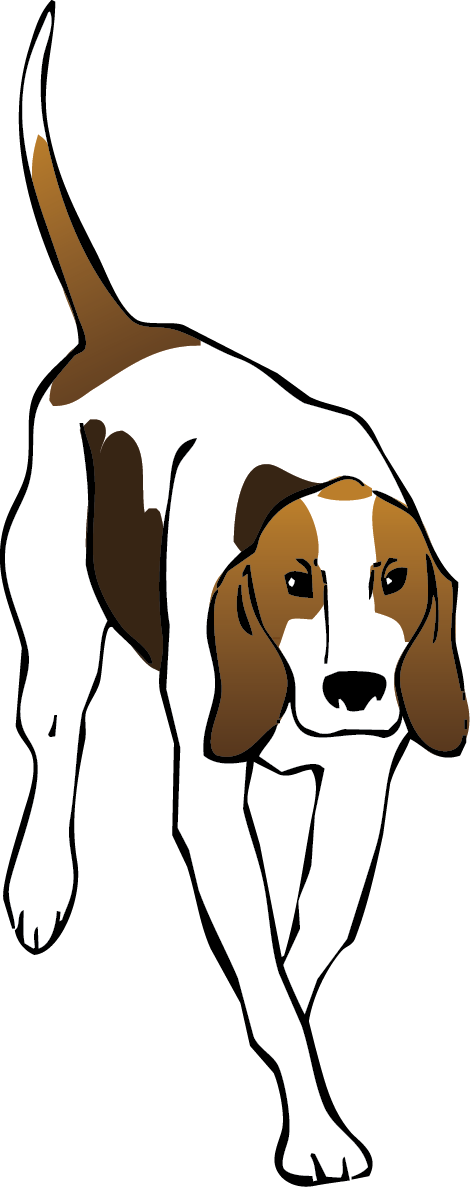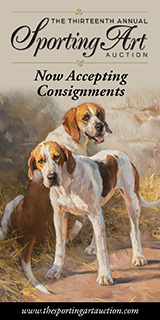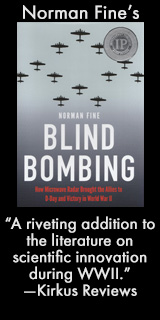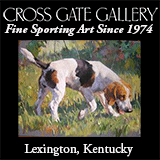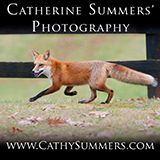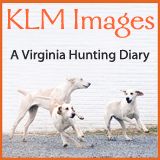hunting song
John Peel
 "Peel's view-halloo would waken the dead" / Illustration by Frank Paton from "The Songs of Foxhunting" by Alexander Mackay-Smith, 1974
"Peel's view-halloo would waken the dead" / Illustration by Frank Paton from "The Songs of Foxhunting" by Alexander Mackay-Smith, 1974
Like Tom Moody, John Peel owes his celebrity to a song, though I am bound to say that the Cumberland huntsman was far more worthy of such a distinction than the Shropshire whipper-in. And what canny Cumbrian is there, the wide world over, whose heart is not stirred within him by the dear, familiar words and tune of “D'ye ken John Peel,” even as the hearts of his Scottish neighbours across the Border are stirred by “Auld Lang Syne”!
It has been sung in strange places, that famous Cumberland hunting-song. Its chorus rang out hearty and homely from the huts at Balaclava and the dreary trenches before Sebastopol. It cheered the spirits of the band of beleaguered heroes in the Residency at Lucknow. The future King of England, our jolly sport-loving Prince, has been known many a time to join lustily in its spirit-stirring chorus. I myself have heard it sung on the boards of Drury Lane by some seventy comely lasses, whose shapely figures, clad in the hunting costume of the other sex, made one of the prettiest pictures I ever saw upon the stage, and gave an effect to the song which roused the audience to enthusiasm.
And yet, world-famous as the song is, I don't suppose that one person in a thousand knows who wrote it, or has the faintest notion who or what John Peel was beyond the fact that he was fond of hunting. Indeed, I have often heard the question asked, whether John Peel was a real person or merely a mythical hero. Well, that question is easily answered.
The Story of John Peel

MP3 audio download is at the bottom of this article. Subscribe or log in to hear and download the music!
One night in 1829, John Woodcock Graves sat in his parlor with John Peel, a farmer, horse dealer, and foxhunter whose hounds were highly celebrated by the local sheep farmers. From the adjoining room, Graves overheard his son's granny singing an ancient Irish melody to the child. Graves took that old melody and wrote a new set of lyrics to honor his friend, John Peel.
"I sang it to poor Peel," Graves wrote, "who smiled through a stream of tears which fell down his manly cheeks, and I well remember saying to him in a joking style, ‘By Jove, Peel, you’ll be sung when we’re both run to earth!’"
Forty years later, William Metcalfe, Choirmaster of Carlisle Cathedral, heard the song at a banquet. He set down the tune in musical notation for the first time together with Graves’ words, composed a piano accompaniment, and had it performed locally. He went on to London with his choir and on May 22, 1869 performed the song at the dinner of the Cumberland Benevolent Society from whence it spread quickly over the English-speaking world, propelling John Peel into the most famous foxhunter of all time.
The Story of John Peel

MP3 audio download is at the bottom of this article. Subscribe or log in to hear and download the music!
One night in 1829, John Woodcock Graves sat in his parlor with John Peel, a farmer, horse dealer, and foxhunter whose hounds were highly celebrated by the local sheep farmers. From the adjoining room, Graves overheard his son's granny singing an ancient Irish melody to the child. Graves took that old melody and wrote a new set of lyrics to honor his friend, John Peel.
"I sang it to poor Peel," Graves wrote, "who smiled through a stream of tears which fell down his manly cheeks, and I well remember saying to him in a joking style, ‘By Jove, Peel, you’ll be sung when we’re both run to earth!’"
Forty years later, William Metcalfe, Choirmaster of Carlisle Cathedral, heard the song at a banquet. He set down the tune in musical notation for the first time together with Graves’ words, composed a piano accompaniment, and had it performed locally. He went on to London with his choir and on May 22, 1869 performed the song at the dinner of the Cumberland Benevolent Society from whence it spread quickly over the English-speaking world, propelling John Peel into the most famous foxhunter of all time.
